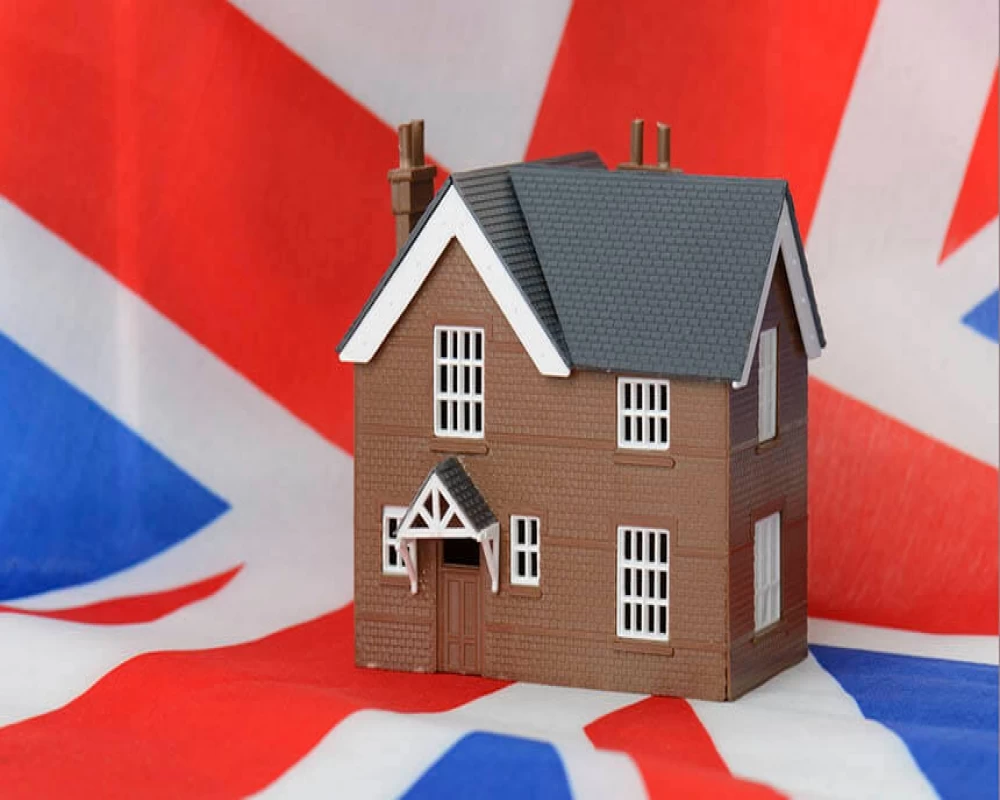Whats the impact of Brexit on London real estate?

While some analysts believe Brexit has made the UK housing market porous. Others believe Brexit will pave way for a stronger housing market in coming years
The interaction between real estate and foreign policy is clear cut and this is more than proved by Brexit. As the March 2019 final Brexit negotiations approach, a precursor has been set, which might influence London's real estate market in coming years.
A recent report from international property firm, Knight Frank, puts London as the top favorite destination for global capital. This is due to the fact that London still presents liquidity and stability, factors attractive to investors.
Nick Braybrook, Knight Frank London's head of capital markets says ‘Despite the political turmoil surrounding the UK with Brexit, London is once again the most liquid real estate market in the world. It is more popular as a home for international investment than Paris Central, Manhattan, Munich, and Frankfurt combined,’.https://www.propertywire.com/news/global-news/londons-commercial-property-market-top-draw-international-buyers The influx of foreign investors particularly Asian buyers could be due to a weakened pound sterling, which has led to a slow growth in home prices.
According to an article by FT https://www.ft.com/content/87b1f284-1452-11e7-80f4-13e067d5072c "home prices have seen slow growth since the 2016 Brexit announcement. In May 2018, prices fell by 0.4% in London from an annual rate of 12% in 2016."
The pre-Brexit rise in home prices, which were growing at above 10 percent year over year before the EU referendum has given way to slower price growth. 2018 so far has seen a price growth of only 3% all over the UK. For millennials and London residents, the pre-Brexit rates had kept them on edge with staggering prices. Now the current fair price increases and a residential market that is more or less slow present better odds of landing favorable home deals.
Currently, London's economy is great. There is a low unemployment rate and inflation rates are down. Speculators, however, believe that the thriving economy will lead to higher interest rates soon. This means that first-time homebuyers would need to pay higher down payments on mortgages.
And even though foreign investment has decreased in most sectors, due to the uncertain climate surrounding BREXIT, real estate foreign activity is at its peak. Even the tax hikes introduced on foreign landlords, renting out their houses, hasn't diminished London's foreign real estate activity.
2019 will definitely be an interesting year for the UK's housing market, depending on the outcome of the final negotiations between the EU and the UK. However, an abrupt Brexit will do no one any good. Mark Carney, the governor of the bank of England has warned that a "disorderly" Brexit will lead to interest rate hikes which might greatly affect the property market.
According to FT, Theresa May’s government is actively seeking to avoid such a scenario. The prime minister has softened her position on Brexit in recent months and has agreed to a transition period that would maintain much of the status quo until at least 2021.
What changes do you think might take place before 2021? Leave your thought




